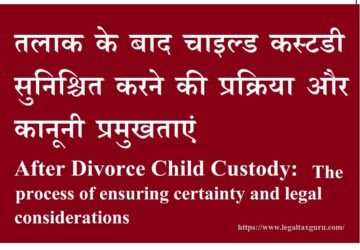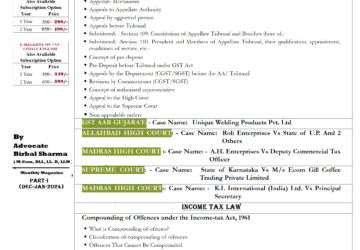DIFFERENCE BETWEEN THEFT, ROBBERY, DACOIT
THEFIPC Section 378 defines “Theft” | ROBBERYIPC Section 390 defines “Robbery”. 
| DACOITYIPC Section 391 defines “Dacoity”. |
|
According to Sec. 378 of IPC: – Theft is when someone steals a movable property out of your possession with the intention of stealing it from you (physical removal of an object). | According to Sec 390 of IPC: – Robbery is an aggravated form of theft, so if someone attempts or causes any hurt, wrongful restraint or death in order to commit an act of theft, it is known as robbery (robbery is defined as taking the property of another). |
According to Sec. 391 of IPC: – Dacoity is a crime when 5 (five) or more people commit or attempt to or aid someone to commit an act of robbery together. |
|
For example: If Rohit steals 10 (ten) lakhs rupees from your home when you were not in the room, then it is an act of theft. |
For example: If Rohit comes to your house, beats you up and then steals twenty lakh rupees from your locker, it is an act of robbery. |
For example: If Rohit and his 4 friends (5 Person) come to your house and beat you up to steal your Cash and Gold jewellery, then it is an act of dacoity. |
Essential elements of theft are as follows: |
Essential elements of Robbery are as follows: |
Essential elements of Dacoity are as follows: |
|
|
|
|
Punishments Under Section 379 of IPC May be punished with imprisonment/ Jail time up to 3 years or a fine or both. |
Punishment under Section 392 of IPC May be punished with Imprisonment/Jail time up 10 years or a fine or both. If it is committed on highway between sunrise and sunset the punishment may extend up to 14 years. |
Punishments Under Section 395 of IPC May be punished with Imprisonment/jail time which may be for life and a fine. |
| CASE LAW:- Ram Ratan Alias Ratan Ahir & Anr. Vs the State of Bihar and Anr 1965 SCR (1)293 That, for the crime of theft, a mala fide intention is a must, without a mala fide intention, a person cannot be convicted under sec 378 of the Indian Penal Code.
| CASE LAW:- Abdul Rashid and Ors. vs. Nausher Ali (10.04.1979 – CALHC): MANU/WB/0289/1979 In this case said that the essence of the offence of robbery therefore is that the offender for the end of committing theft, or carrying away or attempting to carry away the looted property, voluntarily causes or attempts to cause to any person death or hurt or wrongful restraint or fear of instant death or of instant hurt or of instant wrongful restraint.
|
CASE LAW:-The State vs Sadhu Singh and Ors 1972 WLN677 In this case, four and one Kurda Singh (5 Person) was involved in committing a dacoity. They all were armed with deadly weapons such as rifles and pistols etc. They committed a robbery at the house of Gharsiram. They injured Gharsiram, Jugal Kishore, Sandal and Basantilal. The dacoits, in this case, tried to take a wristwatch and a shawl of one person but as they were villagers the dacoits were not able to take anything with them. When dacoits started running from the villagers, they received a hot chase from them and in return dacoits shot a fire. As a result, dharma, one of the villagers died but the villages captured one of the dacoits. In this case, the dacoits were charged under Sec 395 of the Indian Penal Code.
|
Click Below Link for other post
SCOPE OF SECTION 156 (3) OF THE CODE OF CRIMINAL PROCEDURE || 156 OF CRPC
GST Appeals and Review Mechanism




